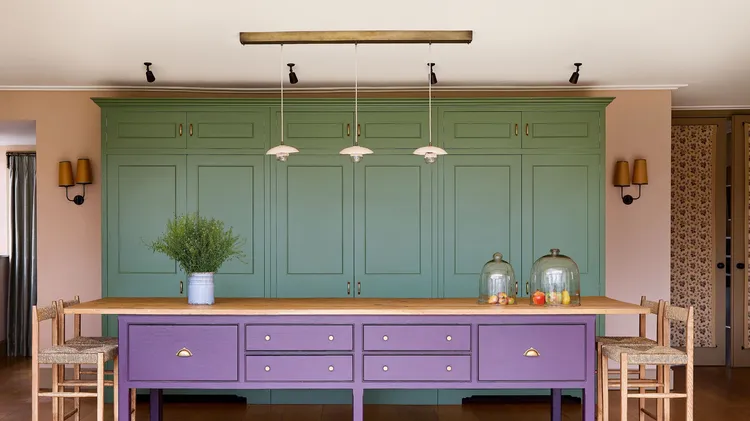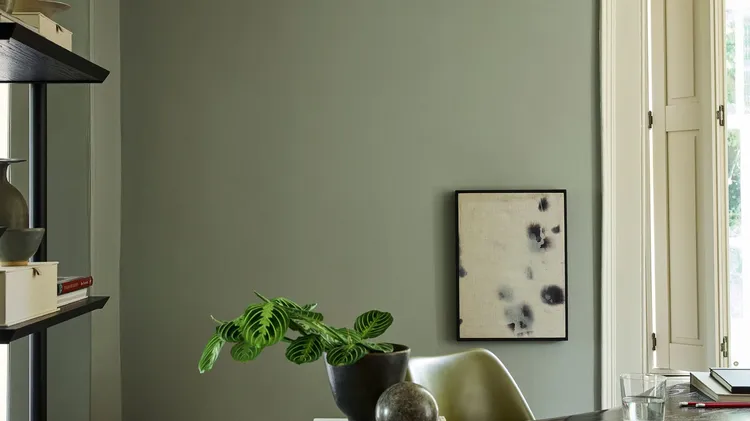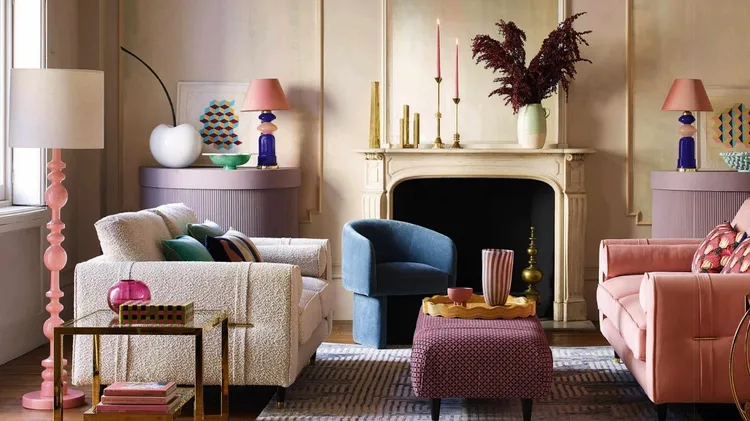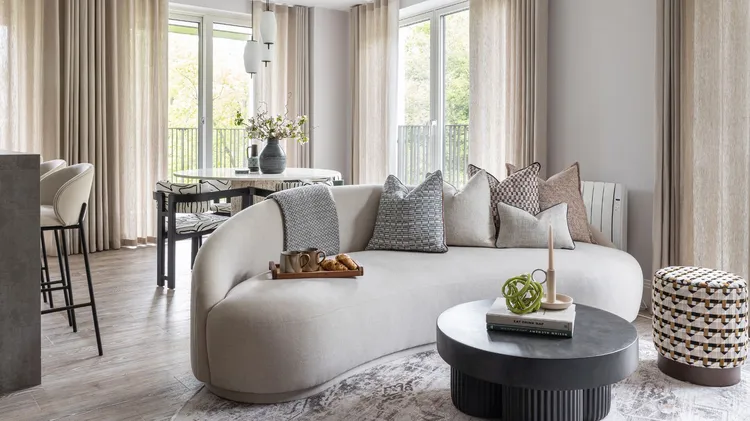Continuing our series charting the evolution of colour and pattern, we e
Creative combinations
7 min read
This article is from...
Read this article and 8000+ more magazines and newspapers on Readly






